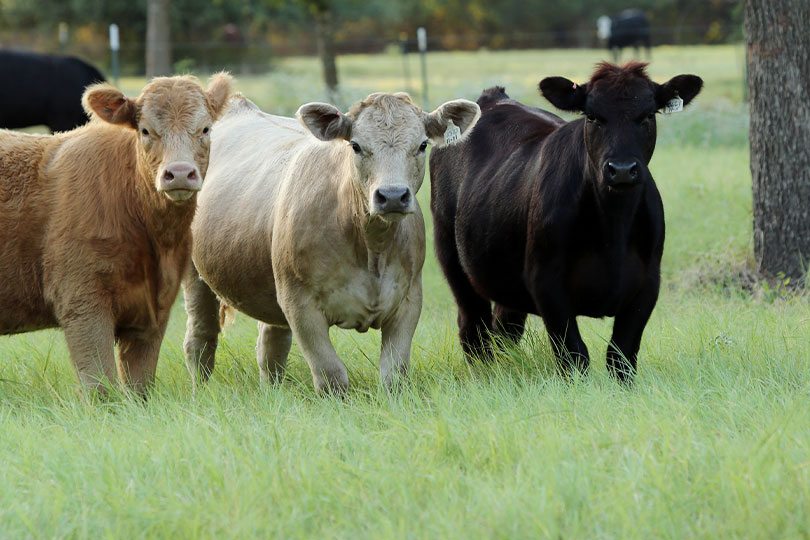By Jennifer Whitlock
Field Editor
Farmers and ranchers across the state are expecting much-improved range and forage conditions this summer due to increased rainfall this spring.
With much of the Lone Star State’s forage and range conditions rated in mostly good to fair, it’s in much better shape than it was even a few months ago, according to Tracy Tomascik, Texas Farm Bureau (TFB) associate director of Commodity and Regulatory Activities.
“It’s a stark change from not too long ago. Those late spring rains at the end of May and early June have made a huge difference and a great impact on the potential for our working lands across the state to produce those summer forages that help sustain us through the tough times of the year when we really need them,” he said in an interview with the Texas Farm Bureau Radio Network. “That’s something farmers and ranchers have been hoping for quite some time now.”
There is still some drought in the Panhandle and Far West Texas, with Jefferson Davis and Presidio counties experiencing exceptional drought conditions. But Tomascik noted overall, 76% of Texas is not currently experiencing any stage of drought, compared to only 47% one year ago.
“In Far West Texas, they’re accustomed to drought, so it’s something they’re generally prepared for, and their stocking densities are much lower, on average, that they can withstand this much better than the rest of the state,” he said. “That’s not to say they’re not hurting. We hope they get some rain and better conditions out there in the Big Bend area and beyond.”
Rain is likely back this week, with meteorologists across the state predicting cooler temperatures and an atypical upper-level weather pattern. The upper-level system will bring rain chances throughout Texas and a possible upgrade in drought levels for some areas.
But with more rain, comes more flies, and that can be a challenge for ranchers.
“Livestock producers will be first to tell you the flies are getting pretty bad this time of year,” he said. “That’s something that we’re constantly battling against, and it takes a really strategic effort to maintain the comfort level of your livestock when they’re out on pastures.”
A list of common livestock pests, as well as control methods for each, are available on the Texas A&M AgriLife Extension Livestock Veterinary Entomology website.

